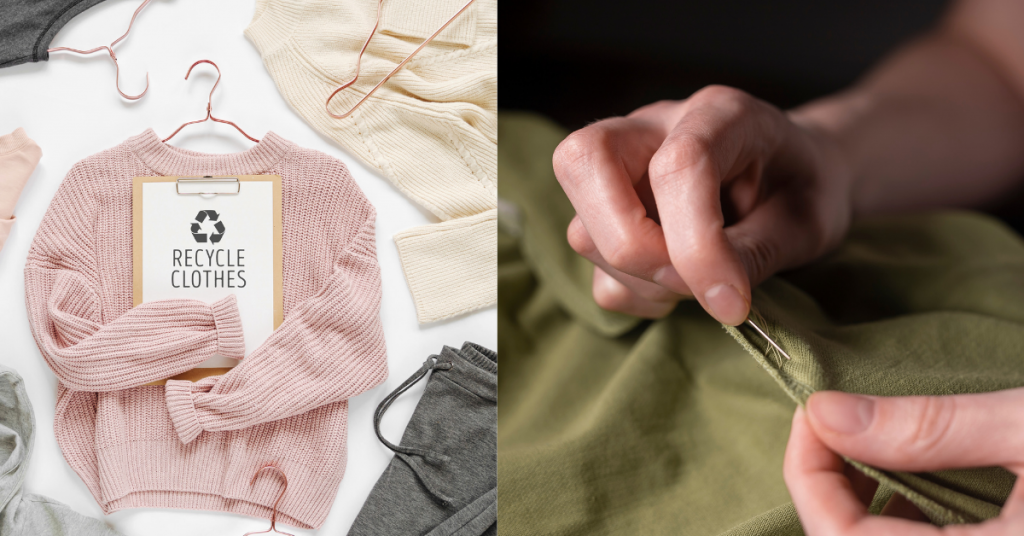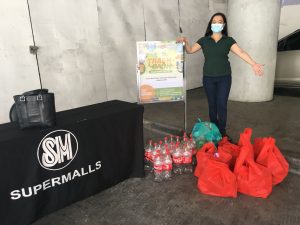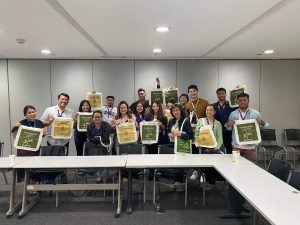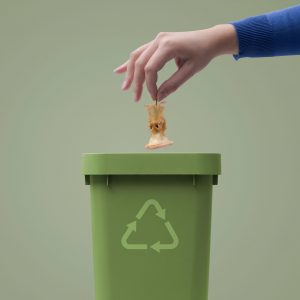Sustainable fashion refers to the world of clothing that is designed, made, distributed, and worn in an environmentally friendly manner.
However, this is not the case with today’s dominant ‘fast fashion’, which refers to clothing that is intentionally designed to be consumed quickly at low prices, leading shoppers to regard clothes as disposable—wearing them only a few times before throwing them out or moving on to newer and trendier cheap clothes.


The fast fashion cycle leads to increasing clothing waste footprint, taking up space in landfills, and polluting the environment that will last for more than 200 years. High demand for fast fashion also means increased depletion and overuse of raw production materials from animal and plant species, and the use of hazardous chemicals used to manufacture clothes. Aside from environmental factors, fast fashion violates the human rights of exploited workers due to long working hours, low compensation, and hazardous conditions.
As consumers, here are three ways you can do to support sustainable fashion
1. Buy or sell second hand and thrift clothes
By opting for second-hand or thrift clothes, you prevent an entirely negative impact of production for a piece of clothing and keep clothes out of landfills. Look for higher quality and more durable clothing that will last in your wardrobe longer, such as banded or vintage pieces at a low cost.
2. Take good care of your clothes!
You can extend the life cycle of your clothes by taking good care of them! Store your clothes properly, wash clothes with care, use cold water, and avoid strong cleaning solutions that can damage your clothes. You can also make repairs and tailoring as needed, make alterations to modernize their appearance to match your taste!


3. Purchase clothes that are eco-friendly made
Support locally made clothes that source fibers from the region and have a low carbon footprint compared to the large fashion industry. Be aware of brands and certificated products made in green facilities or clothes natural and organic materials, recycled, up-cycled, eco-friendly dyes, and low-waste designs.


